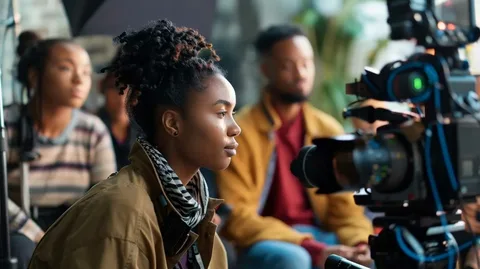Diversity and representation in film and television have become central issues in the entertainment industry, reflecting broader societal discussions about equity, inclusion, and cultural visibility. Historically, mainstream media has often marginalized or stereotyped minority groups, presenting limited narratives and reinforcing existing biases. However, in recent years, there has been a growing awareness of the importance of authentic storytelling that reflects the diversity of audiences worldwide.
Inclusion in casting is one of the most visible aspects of diversity. Representation matters not only in terms of race and ethnicity but also gender, sexual orientation, disability, and socio-economic background. Films like Black Panther and Crazy Rich Asians demonstrate the commercial and cultural potential of centering stories on previously underrepresented communities. Television series such as Pose and Orange Is the New Black have also expanded visibility for LGBTQ+ characters, highlighting complex identities and lived experiences.




